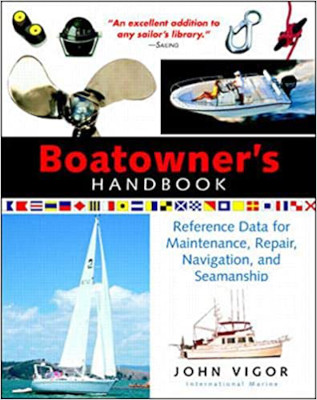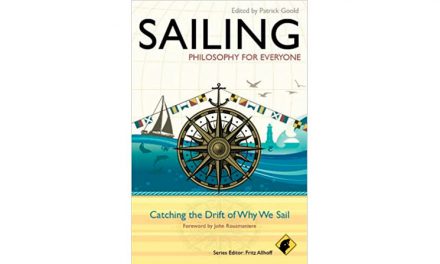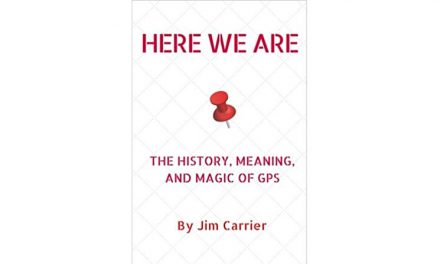
In the 7,000 years or so since humankind first discovered the joys of “messing about in boats” (in that immortal phrase from The Wind in the Willows), many lessons have been learned to increase the pleasure and convenience of the experience and to enhance the likelihood of surviving it. In his small volume, Boatowner’s Handbook, John Vigor has succeeded masterfully in setting forth the important ones, while producing a book so enjoyable that it can be read for pleasure to pass part of a rainy afternoon at an anchorage or before dropping off to sleep at night.
Starting with the barest fundamental of the most elemental boat (What is the smallest practical length of dinghy to carry two persons? Answer: seven feet), the author goes on to address in concise and orderly chapters a full range of essential topics, bringing it up to the present day with a clear statement of the relative roles of GPS and Loran for navigation. Book publishing has its time constraints: the book was completed too early to know that GPS “Selective Availability” was to be turned off on the first of May, 2000, and not late enough to mention the WAAS augmentation that is coming for GPS, or Digital Selective Calling for VHF. There is still a place for magazines and for dockside news.
What the book does offer is a treasure trove of the sort of information you need in a hurry to get on to the next step of a project. What size pilot hole do you drill for setting a wood screw? (Hardwood 90 percent, softwood 70 percent of the screw diameter.) What is golden advice to take with you when buying through-hull fittings? (“. . . connecting fittings should all be bought at the same time and checked for compatibility.”)
But this is by no means a “cookbook.” For questions such as hull stability and sail center of effort that simply have to be calculated, the formulas are given, but require no more than multiplication and division. In the area of maintenance, the table of adhesives and sealants is excellent, while the author wisely recognizes that he serves you best by giving you the vocabulary to discuss your particular problem with a local expert on the scene.
For those who dream of cruising, there are pages diagraming the annual cycles of world weather patterns and a concise guide to local forecasting with wind vane and barometer. If the boat of your dreams exists only on paper, you will find invaluable diagrams showing the proper dimensions for bunks, eating tables, and nav stations. And finally, a basic provisioning list, with the shelf life of foods and typical weekly consumption per person.
In a recent past life, I was involved in replying to nautical questions that arrived at the office of a major marine supplier. One thorny question prompted me to say that our only hope was to find a grizzled mariner and ask him. I found one and got the answer, and “grizzled mariner” became a watchword in our small group. This book places one as near to your hand as your bookshelf. If I were outfitting a vessel today, a copy of Boatowner’s Handbook would go on the list shortly below the items that the Coast Guard requires to be carried, probably just below the rigging knife.
Boatowner’s Handbook by John Vigor (International Marine, 2000)




